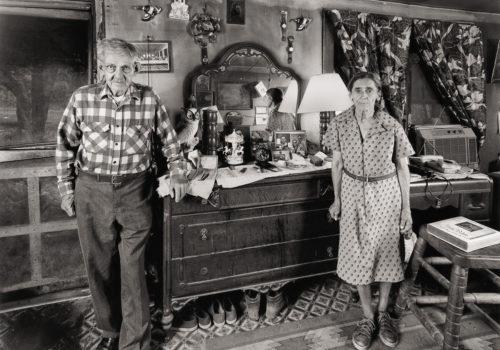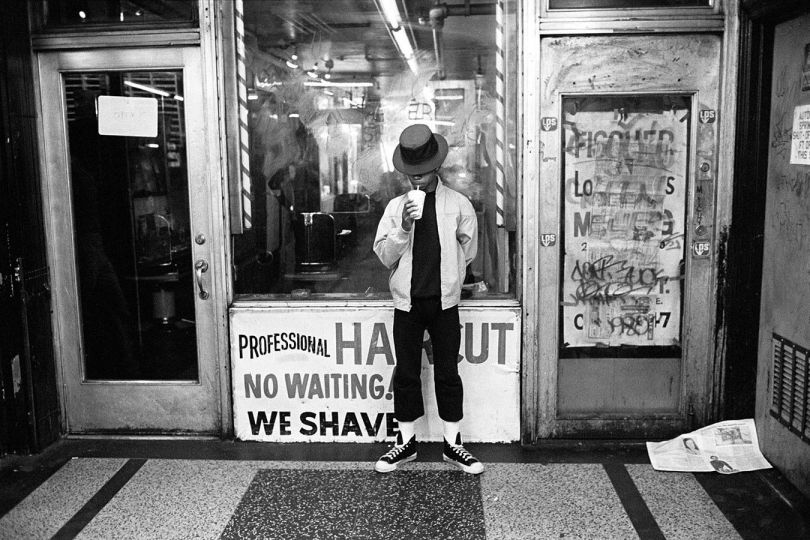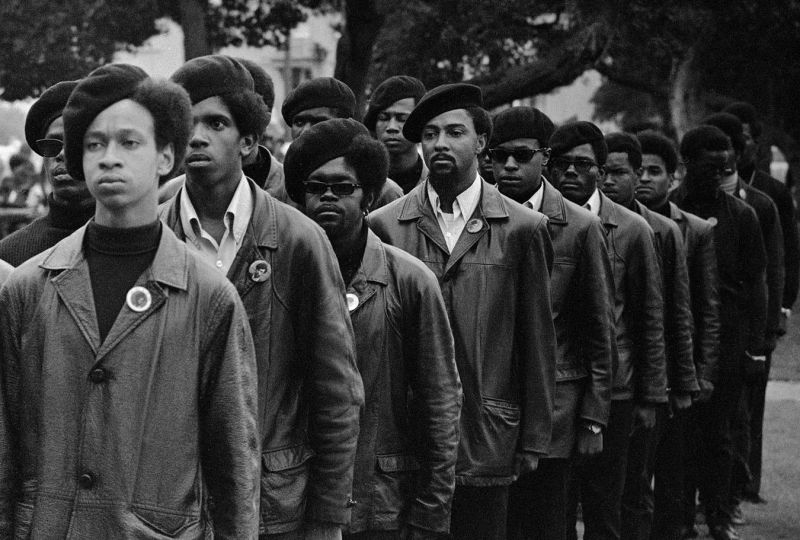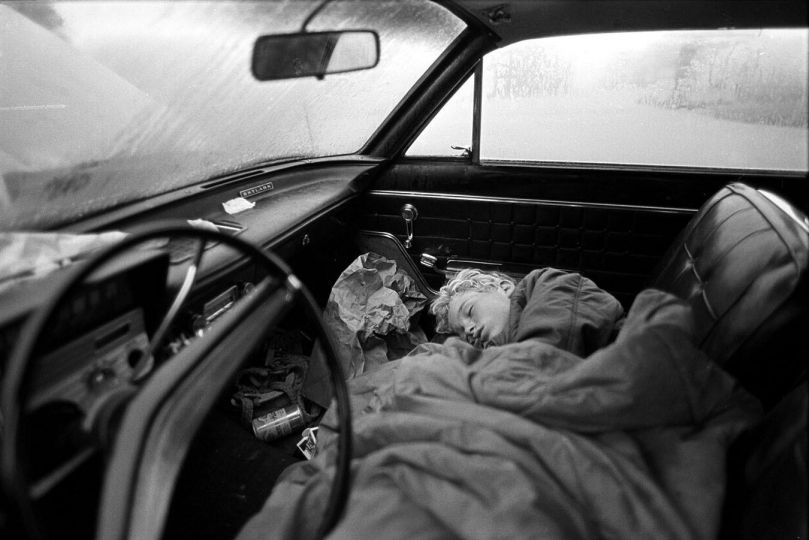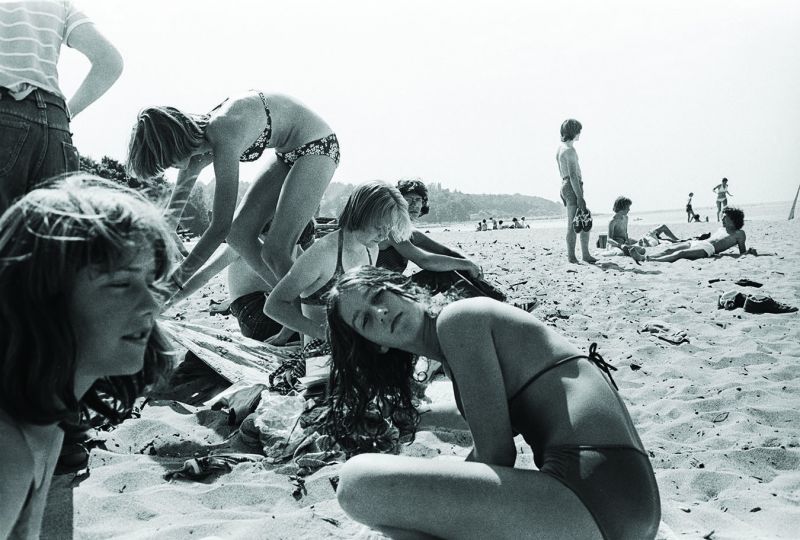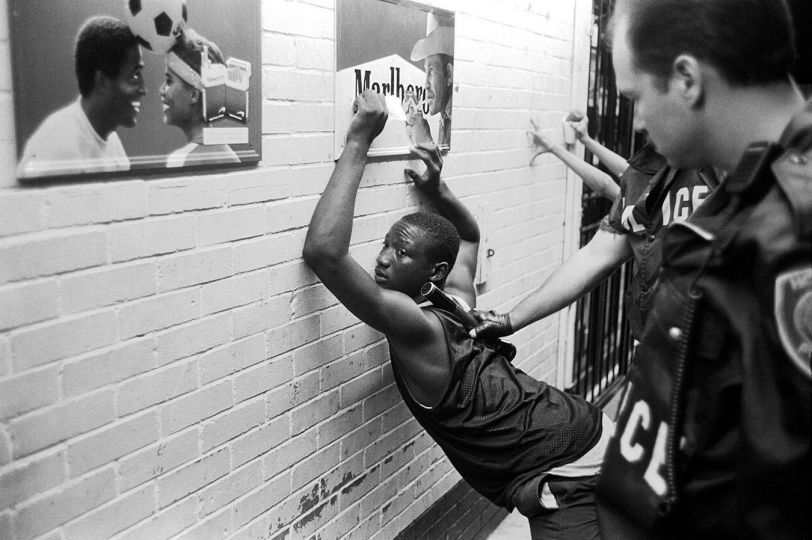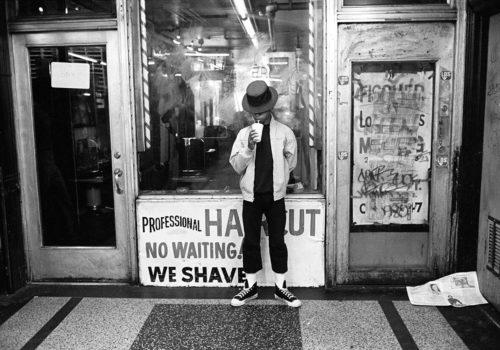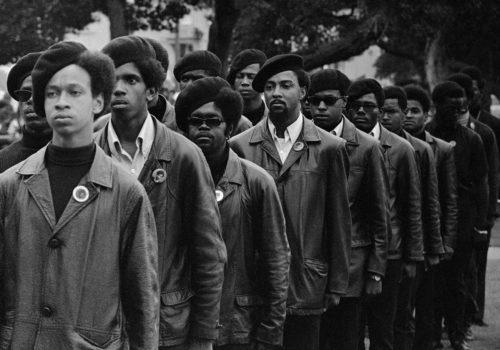Some vilifications resist easy erasure. Hillbillies, throughout the twentieth century, suffered a poor image as moonshining, clan-feuding rednecks whose lack of education and manners made them prone to lawlessness. It found vigorous and enduring expression in Deliverance, a 1972 movie that cast Appalachian backwoodsmen as feral and insular and, while that film was set in Georgia, such stereotyping crossed Appalachia and included mountain communities in eastern Kentucky.
Shelby Lee Adams began photographing the people of eastern Kentucky, his childhood home, in 1974. He started with family, friends and neighbours, gaining their trust and, through introductions to people they knew, embarked on regular summer visits to deepen his knowledge of the area. This turned into four decades of visiting and recording a way of life that, he came to increasingly realize, deserved recognition and respect. Born into a financially secure family himself, Adams got to know those less fortunate than himself and, as he puts it in the appealing documentary film The True Meaning of Pictures, he sought to ‘make right what the media has done wrong’. The documentary, noting how in the 1960s journalists came to eastern Kentucky to focus on the region’s decline and impoverishment, shows how Adams was accepted into a culture that was fairly unique in some regards – witness the religious snake-handling shown in the film – and with positive qualities that he captured with his camera.

